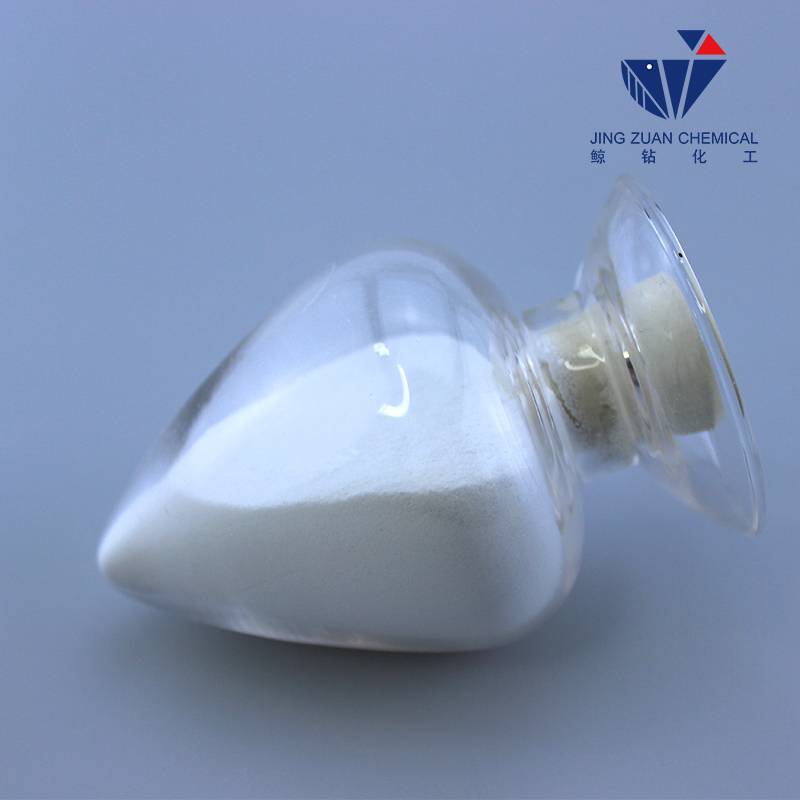
វិច្ឆិកា . 08, 2024 13:25 Back to list
Exploring the Benefits and Applications of Redispersible Polymer Powders in Construction
Redispersible Polymer Powder An Overview
Redispersible polymer powder (RDP) is a versatile additive widely used in construction materials, particularly in the formulation of dry mix mortars and adhesives. This innovative product enhances the performance of various building materials by improving their adhesion, flexibility, water resistance, and overall durability. As construction industries evolve and seek high-performance materials, the role of RDP has become increasingly significant.
What is Redispersible Polymer Powder?
RDP is typically created through a spray-drying process that involves polymer emulsions. The resulting powder consists of fine particles that can be easily redispersed in water to form a stable emulsion once again. The primary polymers used in RDPs include vinyl acetate, ethylene copolymers, and styrene-butadiene, among others. When mixed with dry mortar formulations, RDP acts as a binder, enhancing the overall properties of the final product.
Benefits of Using RDP in Construction
1. Improved Adhesion One of the most pronounced advantages of incorporating RDP into construction materials is its ability to improve adhesion. This enhanced bond strength is particularly beneficial in applications such as tile adhesives, external wall coatings, and repair mortars, where robust adhesion is crucial for performance and longevity.
2. Flexibility and Crack Resistance RDPs contribute to increased flexibility in construction materials. This is essential in environments where temperature fluctuations and other movements can lead to cracking. The enhanced elasticity provided by RDP helps mitigate these issues, making structures more resistant to damage over time.
3. Water Resistance Another significant benefit of RDP is its ability to improve water resistance. Mortars and coatings that include RDP exhibit lower water absorption rates, which is vital in external applications where moisture exposure is a concern. The water-repellent properties enhance the durability of the materials, ensuring they withstand harsh environmental conditions.
4. Reduced Dust Formation RDPs also contribute to lower dust formation during application, which is an essential factor for user safety and environmental considerations. The improved workability of the mixture makes it easier to handle, adhering better to surfaces without creating excessive dust.
re dispersible polymer powder

5. Compatibility with Various Additives RDPs can be easily combined with other additives, such as retarding agents, fillers, and pigments. This compatibility allows for tailored formulations to meet specific performance needs, enhancing the versatility of construction materials.
Applications of Redispersible Polymer Powder
RDPs are used in a range of applications within the construction sector. Some of the most common include
- Tile Adhesives RDP plays a critical role in tile adhesives, ensuring strong and flexible bonds for various substrates. This is especially important for complex installations, such as large-format tiles or tiles in moist environments.
- Render and Plaster Products In plastering and rendering, RDP improves workability and adhesion, leading to smoother finishes and longer-lasting results.
- Repair Mortars For repair applications, RDP provides the necessary flexibility and crack resistance, enabling repairs to withstand the movement and stress of the substrate.
- Self-Leveling Compounds In self-leveling floor applications, RDP aids in achieving the desired flow properties while enhancing adhesion to the substrate.
Conclusion
The utilization of redispersible polymer powder in construction materials marks a significant advancement in the industry. Its unique properties—such as improved adhesion, flexibility, water resistance, and reduced dust—make it an indispensable ingredient in various applications. As the demand for higher quality and performance in construction materials continues to grow, RDP's role is expected to expand, driving innovation and improvements in building practices. Embracing RDP not only enhances the longevity and durability of constructions but also pushes the boundaries of what is achievable in modern architecture.
-
Unlocking the Benefits of HPMC Products: A Gateway to Versatile Applications
NewsAug.07,2025
-
Unleashing the Potential of HPMC Ashland: A Comprehensive Look
NewsAug.07,2025
-
Tile Bonding Cellulose: The Key to Superior Adhesion and Durability
NewsAug.07,2025
-
Hydroxypropyl Methylcellulose Powder: The Versatile Component in Modern Pharmaceuticals
NewsAug.07,2025
-
Hydroxyethyl Cellulose: The Versatile Solution for Various Industries
NewsAug.07,2025
-
Hydroxyethyl Cellulose (HEC): The Versatile Polymer for Various Applications
NewsAug.07,2025







